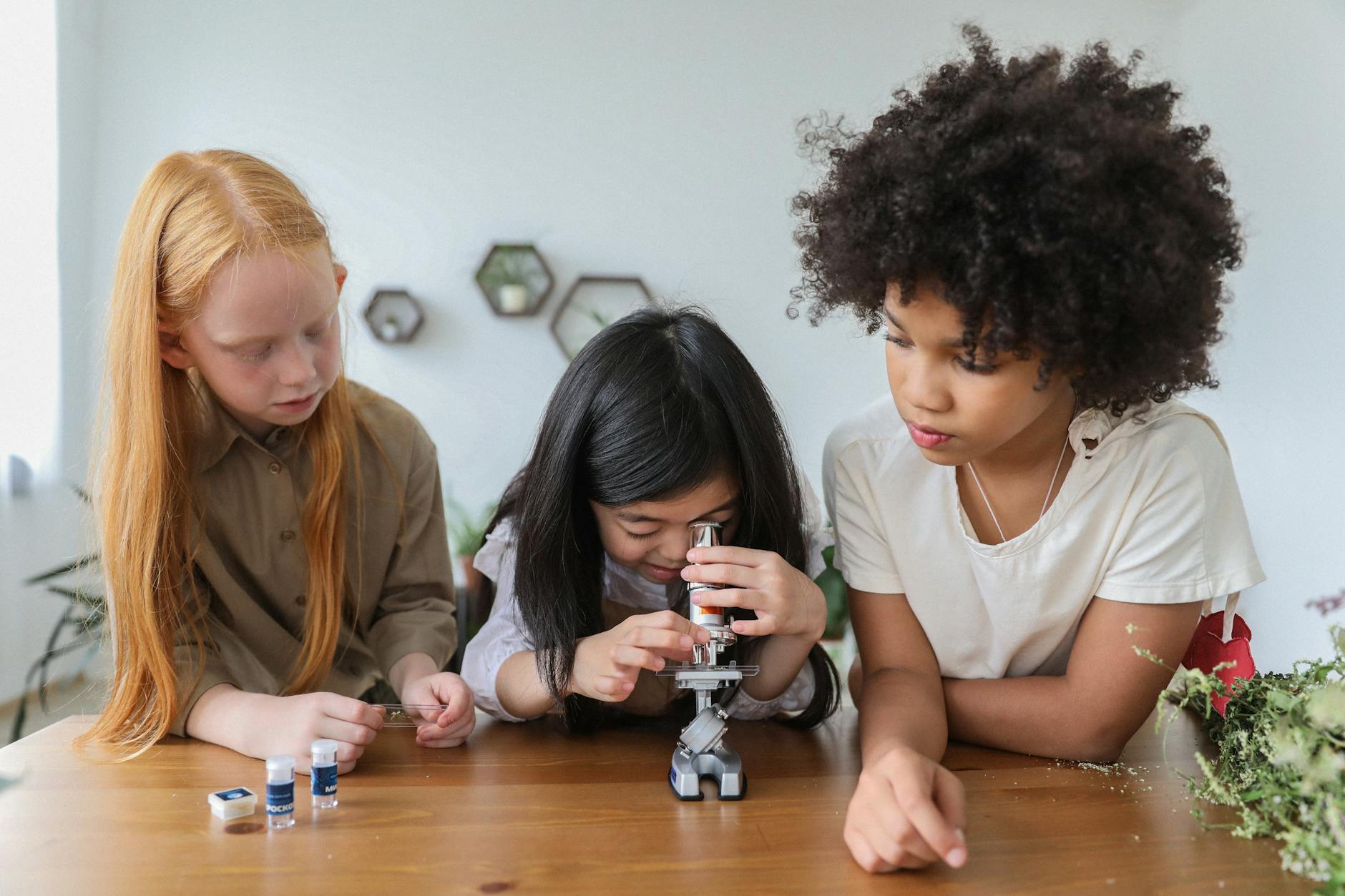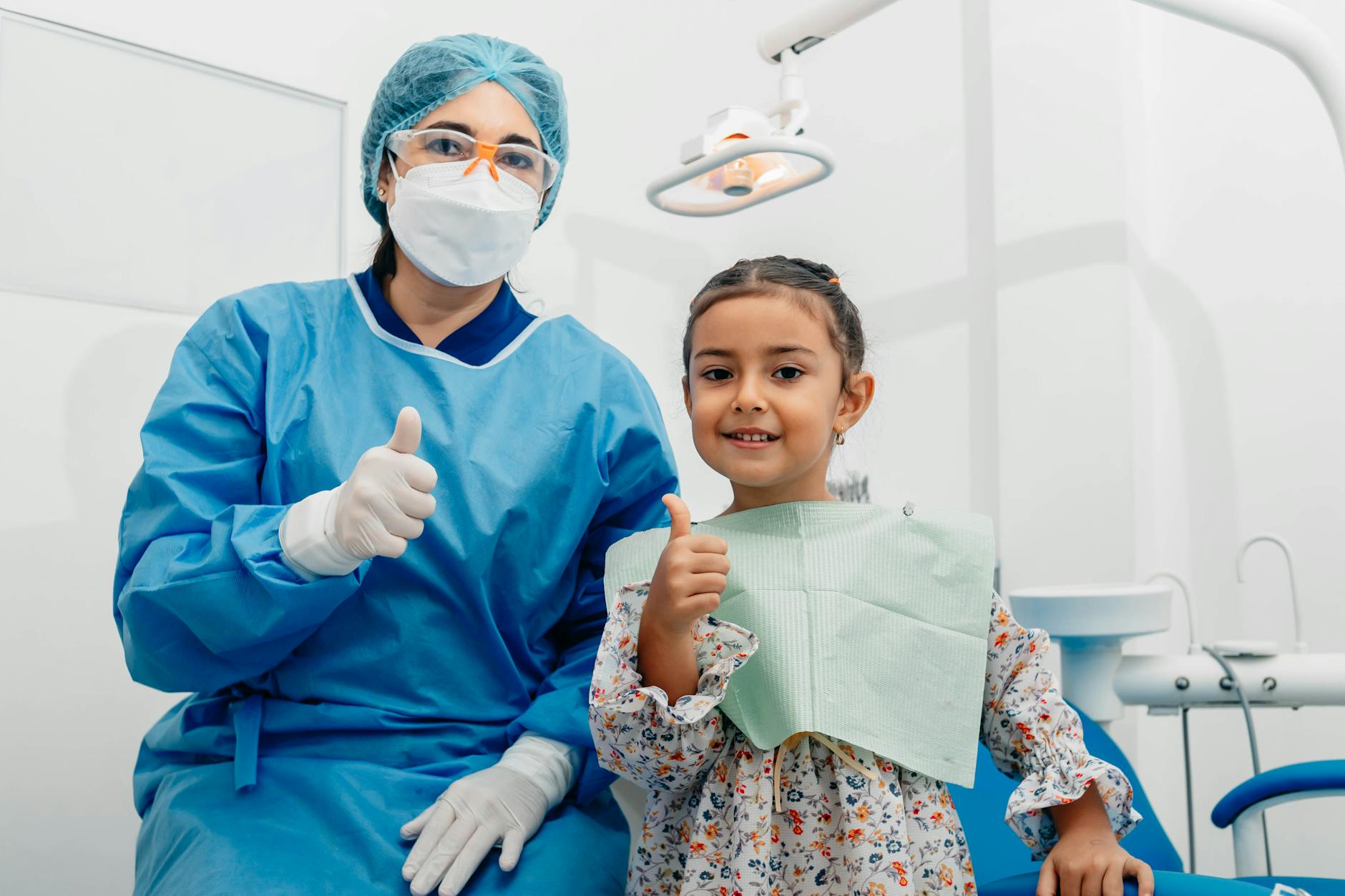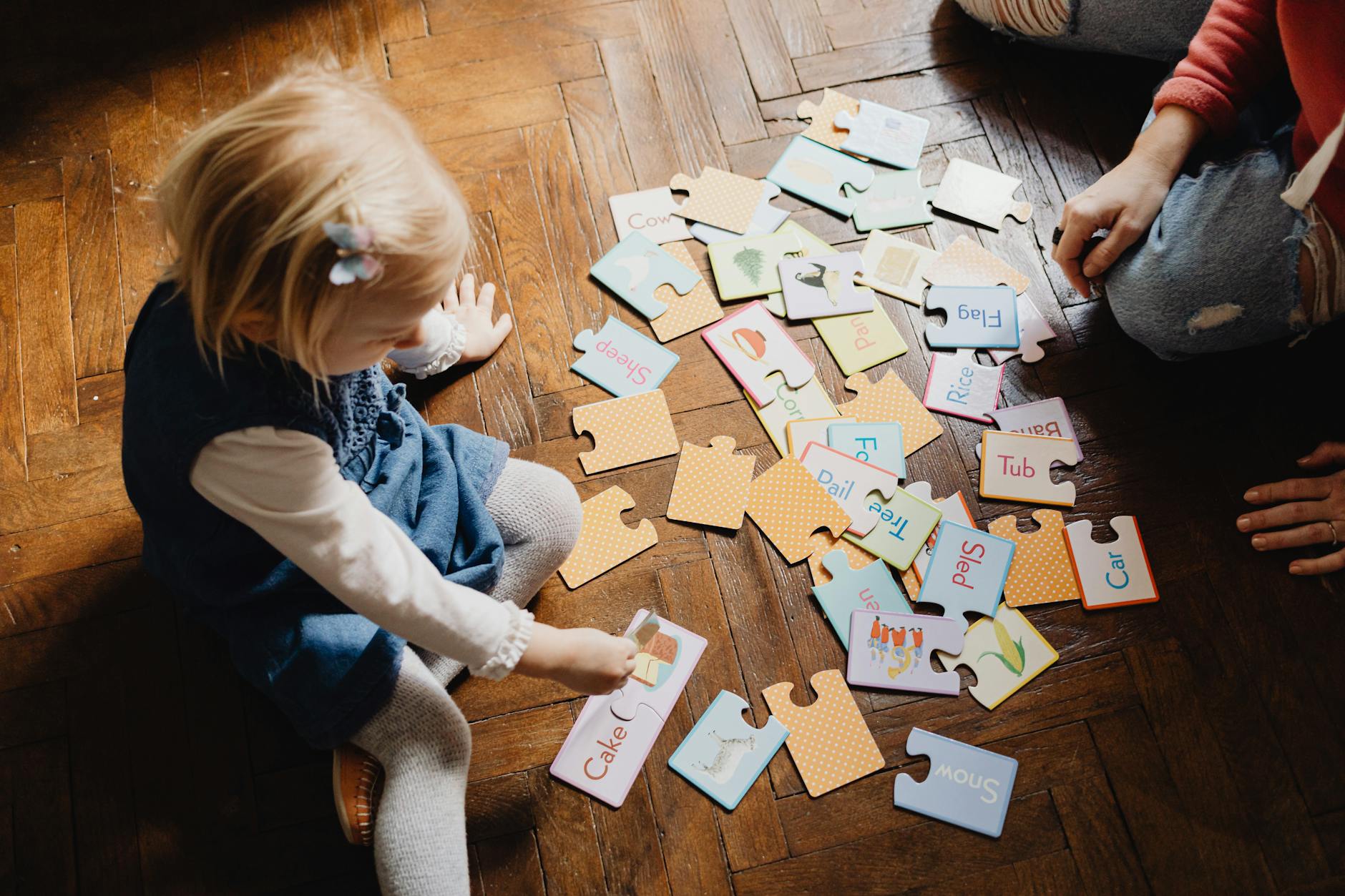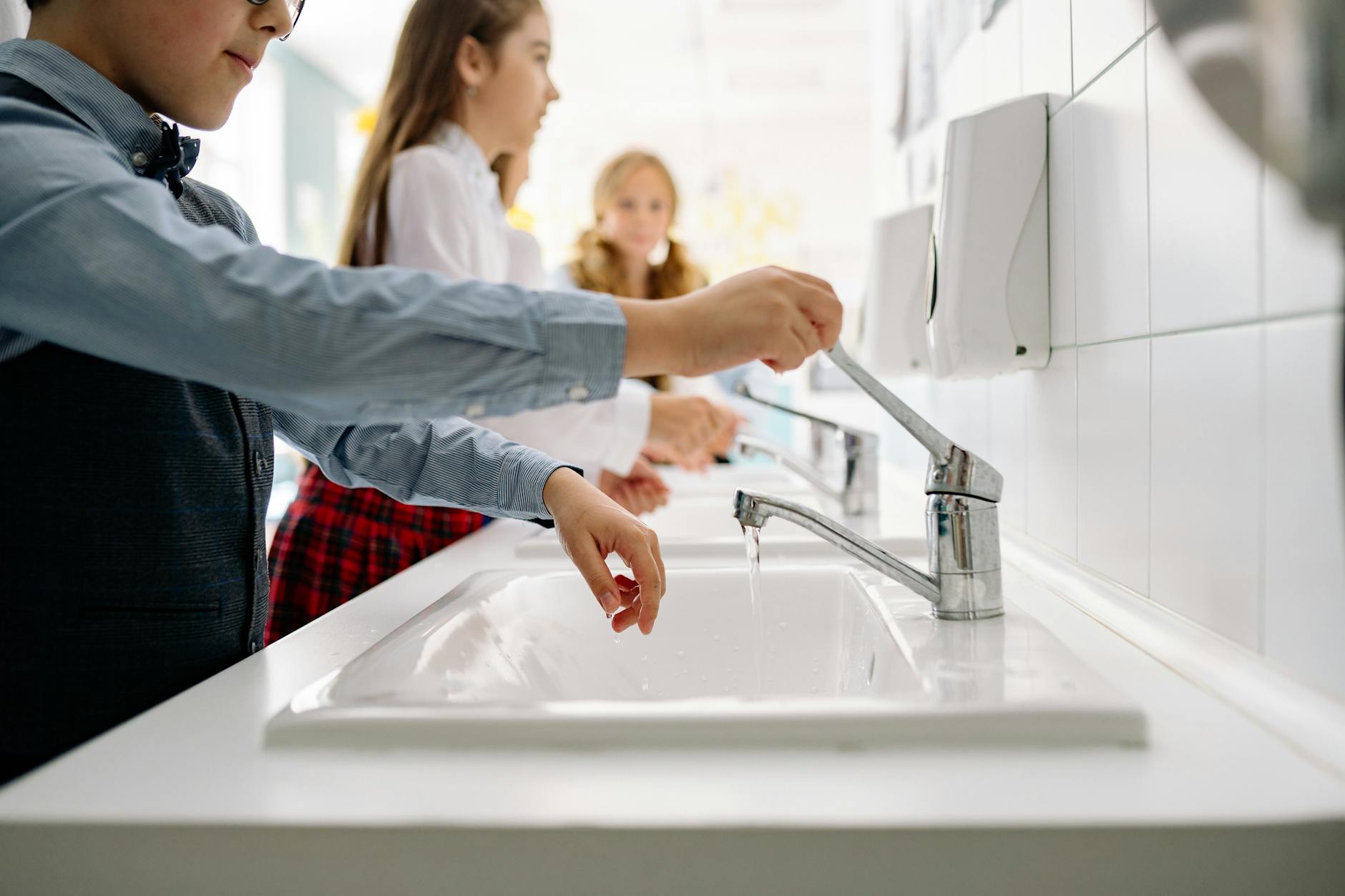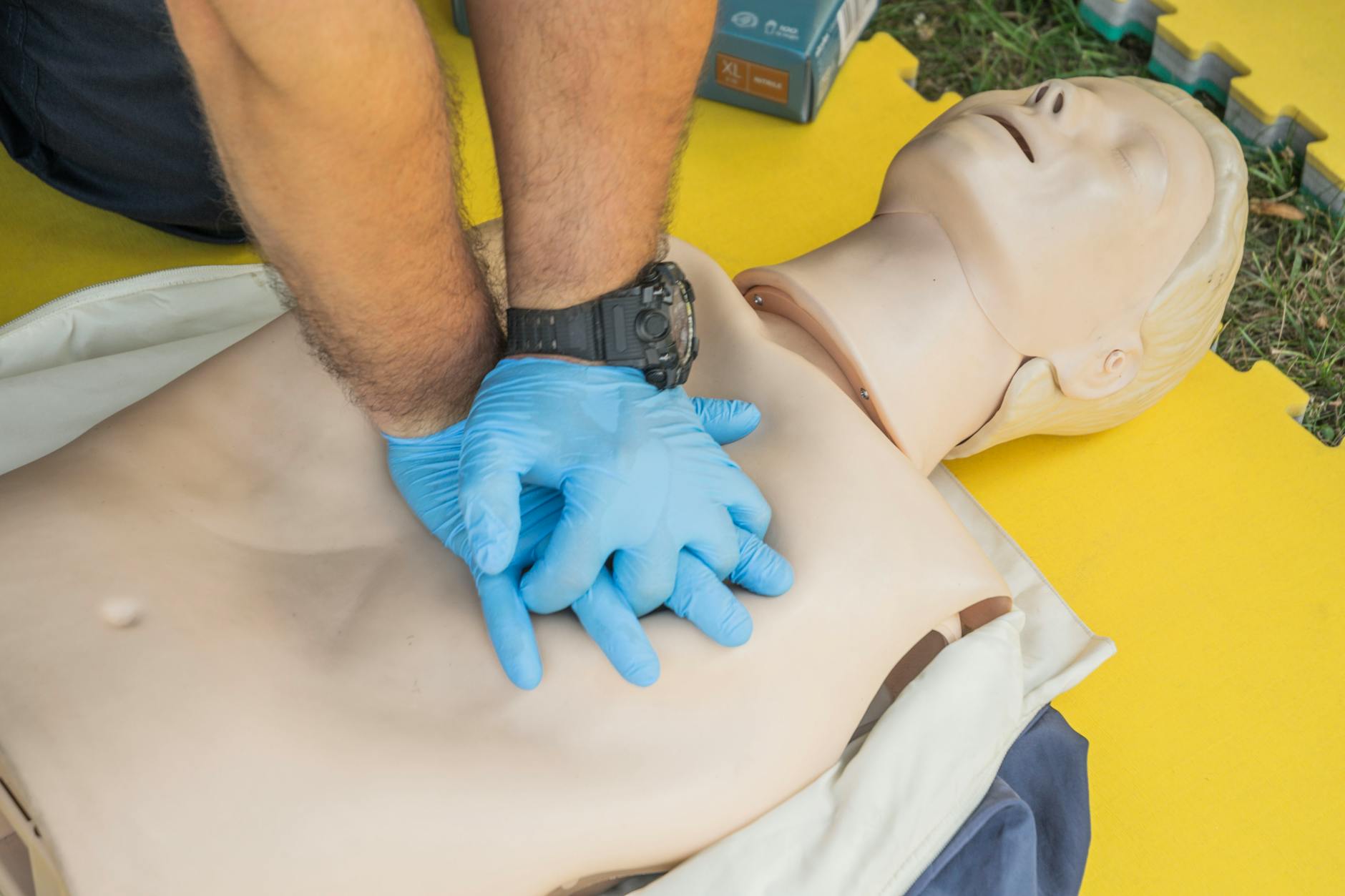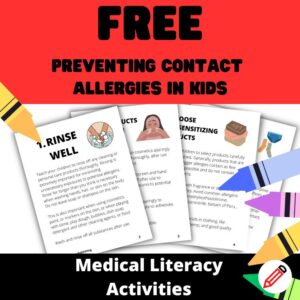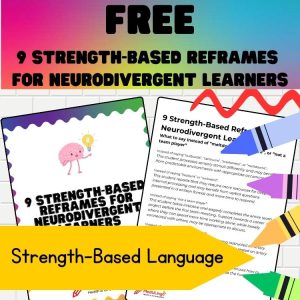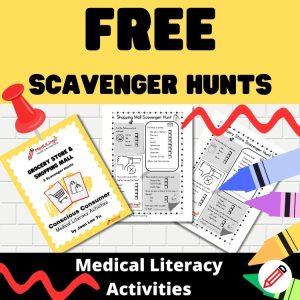Why Universal Design for Learning (UDL) is important for learners with disabilities
Universal Design for Learning (UDL) is known as an educational framework and approach to assist all students with equal opportunities to learn by designing fair and accessible curriculum. The main goal of UDL is to remove barriers and offer an inclusive learning environment for learners, including those with diverse abilities,...
How Can Cognitive Load Theory Improve Teaching?
Learning can be exciting, overwhelming, or confusing. When we are exposed to a new concept or skill, our brain has to process a significant amount of information. So, it is crucial to understand, particularly for educators, how different learners experience the overall learning process. Why learning can be difficult in...
Why Patients Need Medical Literacy for Equity
In the past, medicine operated like a one-way street. Doctors and scientists were the experts, and patients were the recipients—expected to listen, follow, and trust without question. But the landscape of health knowledge is shifting. In an age of open-access information, online learning, and patient-led research, medical literacy has become...
Medicine is for All Minds
Medicine is often imagined as the territory of doctors in white coats, laboratories, and hospital wards. But in truth, medicine is a human project that extends far beyond the walls of clinics and lecture halls. The health challenges we face—chronic diseases, pandemics, inequities in access to care, environment-related illnesses, cannot...
Sensemaking in Medical & Health Education Makes So Much Sense
In today’s complex health and medical landscape, facts alone are not enough. Medical professionals, patients, educators, and researchers are constantly surrounded by streams of data, specialized language, and rapidly evolving scientific knowledge. The challenge is not only accessing information but also making sense of it. This is where sensemaking becomes...
What is Applied Medical Literacy?
Medical literacy is the ability to use medical language—such as terminology, concepts, and classifications—and to analyze, evaluate, and apply medical information. It goes beyond simply recognizing terms on a chart or repeating what a doctor says. True medical literacy involves interpreting health information in context, asking meaningful questions, comparing sources,...
Clinical Reasoning in Grade Three with A-to-Z Medical History and Histology Lessons
In medicine, diagnosis is like solving a mystery—every clue matters. Doctors rely on clinical reasoning to piece together information from a patient’s medical history, physical symptoms, and even microscopic anatomy (histology) to understand what’s going on in the body. Now imagine giving children the chance to understand that same kind...
If Dog Man Can Teach Kids About Surgery, So Can You
Children are natural question-askers—especially when something is surprising, unfamiliar, or just plain weird. And if you’ve watched the Dog Man movie with a child lately, you may have heard a flurry of questions before the opening scene even finishes: These are big, curious, and important questions. At its core, the...
Building Differential Diagnoses in Kindergarten with A-to-Z Medical Literacy
In medical school, students learn early on that symptoms—especially ones as common as rashes—can have a wide range of causes. One essential skill for clinicians is building differential diagnoses: lists of possible explanations for a patient’s symptoms. Doctors are trained to think broadly, using memory aids like the VITAMIN CDE...
Improving Inclusivity in Medical Learning Environments
There are many psychological, social, and instructional factors that influence inclusivity in medical learning environments. Implementing specific and actionable strategies would support students and improve learning, engagement, and inclusivity. Psychological Two significant psychological factors are 1) deficit thinking and 2) drink-from-the-firehose curriculum and teaching. Deficit thinking shows up as language...
Why We Need More Children’s Storybooks About Chemical Allergies
Chemical allergies—such as contact allergies and more specific sensitivities like methylisothiazolinone allergy—are increasingly common, yet they remain underrepresented in children’s literature. These allergies, often triggered by ingredients in everyday items like soaps, shampoos, and cleaning products, can have a profound effect on a child’s daily life. And yet, for many...
Strength-Based Writing and Feedback for Medical Education
Strength-Based Feedback for Writing Assignments: An Assessment for Educators prioritizes asset/strength-based approaches and feedback. Assessment, whether formative or summative, should not only be of learning, but also for learning. This means that educators have a responsibility to make day-to-day adjustments to teaching based on assessments and provide feedback that moves...
Why Medical Literacy Matters, This Moment in History
Medical education has largely only been accessible to students selected by accredited medical schools. However, most medical students have historically come from physician families. For example, in the United States “75% of medical students have come from families in the top two quintiles for income” (American Association of Medical Colleges,...
Why a Guaranteed and Viable Curriculum Matters for Medical Literacy
A guaranteed and viable curriculum helps ensure that all students, regardless of their individual instructors or institutions, receive a foundational level of consistent, essential knowledge.
20 Benefits of Including Medical Literacy in Your STEM Program
Including medical literacy in your STEM program prepares students not only with technical knowledge but also with the skills, mindset, and adaptability necessary to excel in the diverse and rapidly evolving STEM fields. In an ever-changing landscape, STEM careers increasingly intersect and interconnect with healthcare. Educators have an important role...
Who Should Be the Hero in a Medical Literacy Book?
When creating medical literacy books, one of the most crucial decisions an author or educator must make is who should be the hero of the story. This decision shapes the narrative, influences how readers connect with the material, and ultimately determines the effectiveness of the educational content. In a medical...
Design Pain-Free Medical Literacy Activity Books
Designing medical literacy activity books requires careful attention to detail, empathy, and a deep understanding of both educational and medical principles. These activity books serve a dual purpose: educating children and young adults about medical concepts while engaging them in fun, interactive learning. Here are the top considerations for creating...
What Makes a Good Children’s Storybook on a Medical Condition?
Children’s storybooks play a vital role in helping young readers understand and navigate various health and medical conditions. Crafting a storybook that effectively addresses these topics requires a thoughtful blend of education, empathy, and engagement. Here are the key elements that make a good children’s storybook on a health or...
How to Use Pinterest as a Health Educator
With over 431 million active monthly users, Pinterest is one of the most popular social media networks in the world right now. It helps you to promote your education brand and grow your audience. However, due to the platform’s popularity, it is a congested area, making it difficult to gain...
Supporting Neurodivergent Students in Medical Education
Neurodivergent students bring unique perspectives and strengths to medical education. Their diversity necessitates a variety of accommodations tailored to individual needs, which may extend beyond the specific strategies discussed in this article. Ensuring an inclusive and supportive environment for neurodivergent students not only benefits them but enriches the learning experience...







